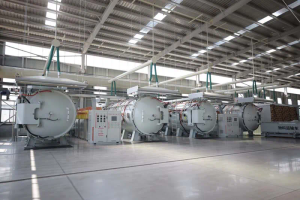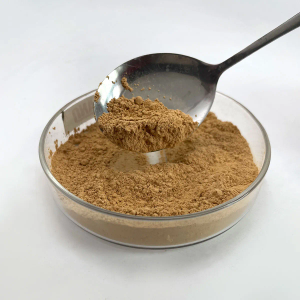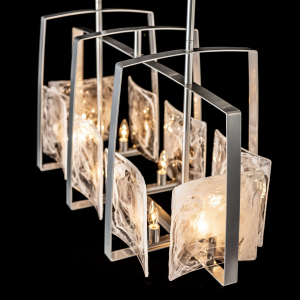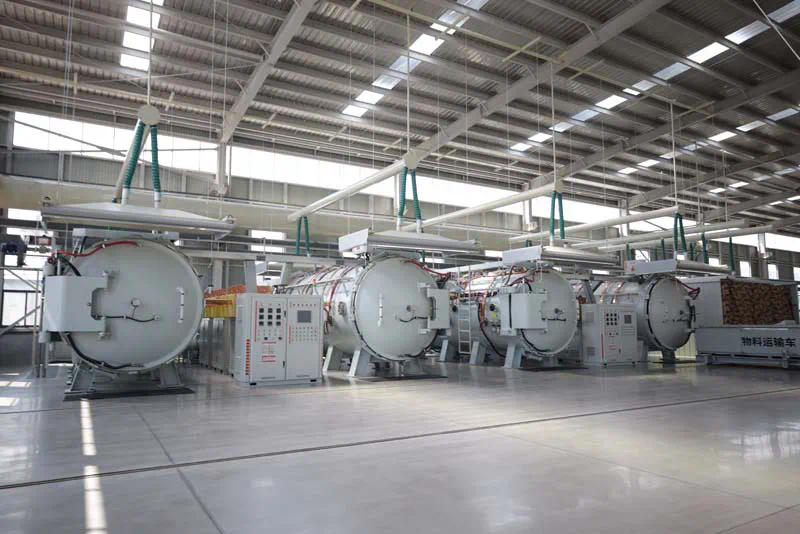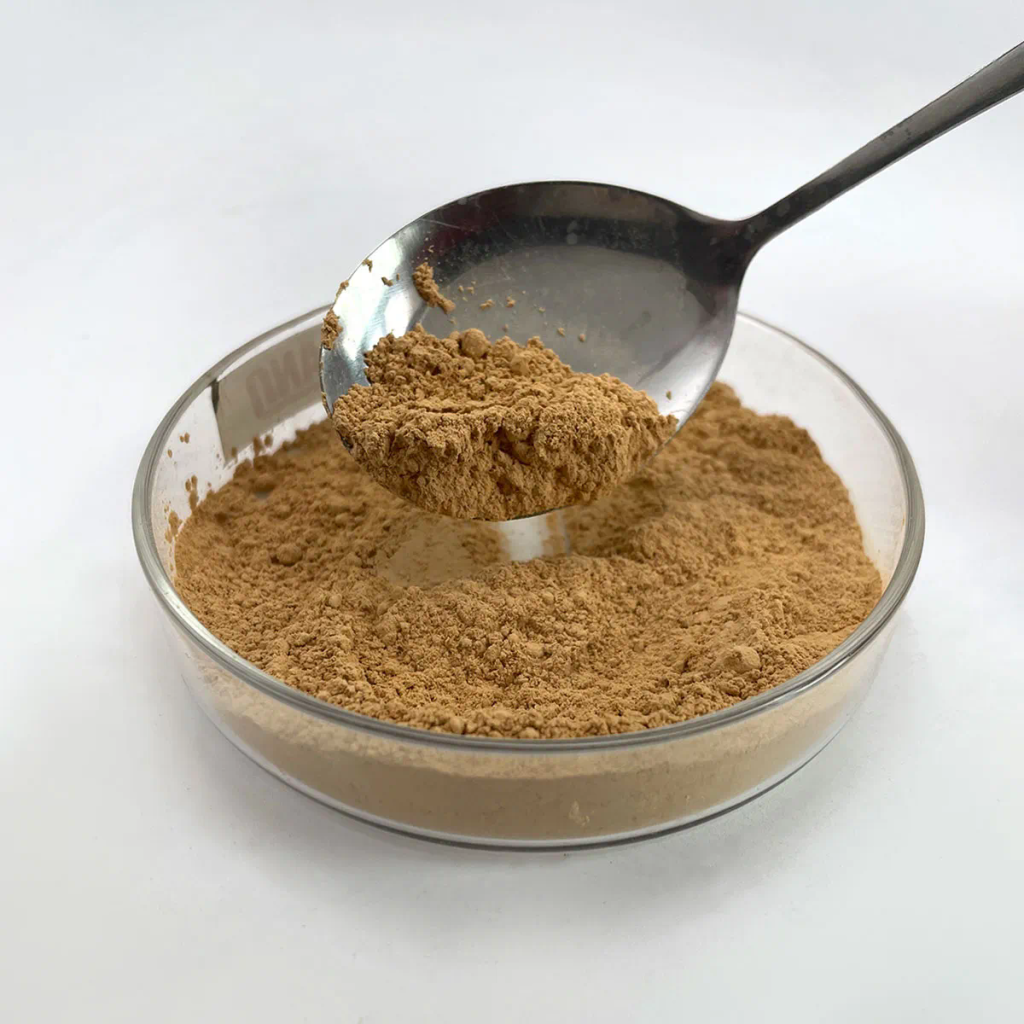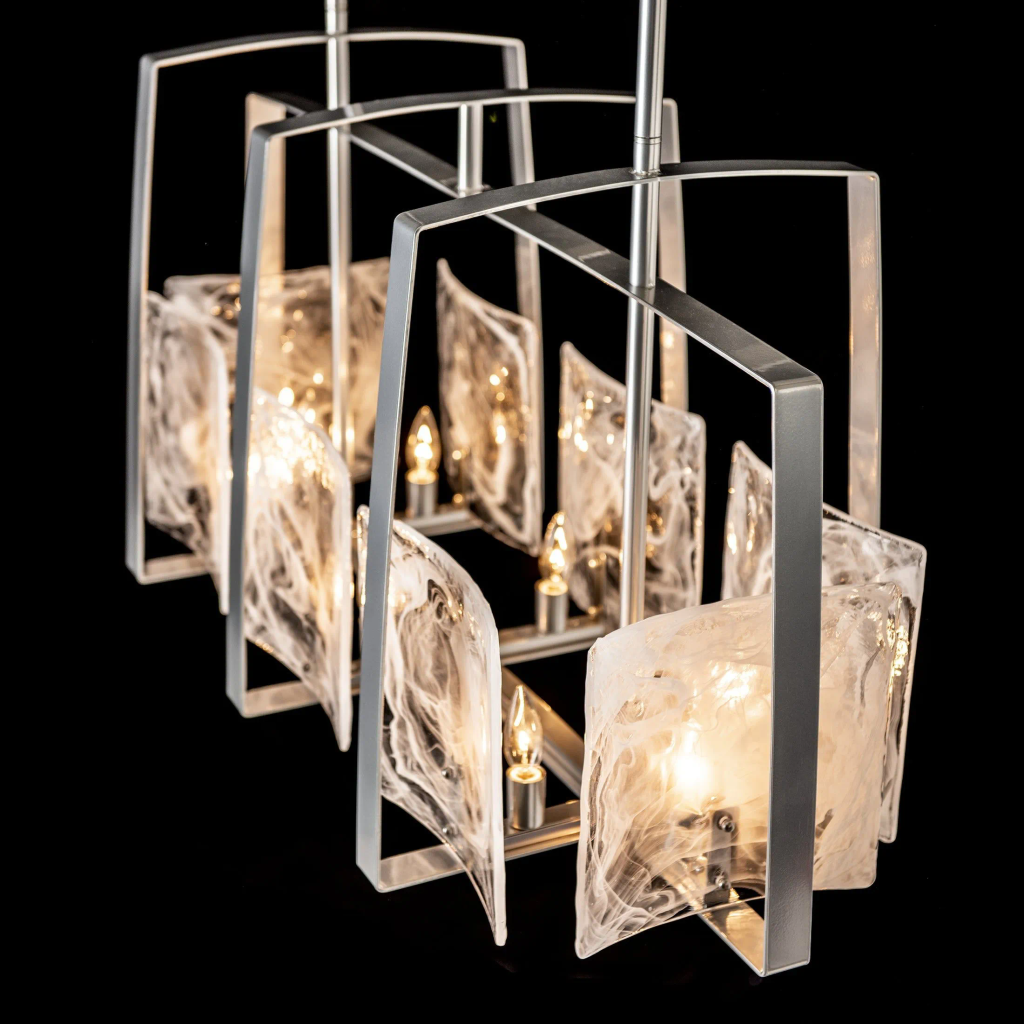Copper busbars are essential components in electrical systems, providing a reliable and efficient way to conduct electricity. When it comes to cutting copper busbars, using the right techniques and tools is crucial to ensure clean cuts, precise dimensions, and safe working practices. In this article, we will explore best practices for cutting copper busbars, including various techniques and tools that can help you achieve optimal results.
Choosing the Right Tools
When it comes to cutting copper busbars, having the right tools is essential for achieving clean and precise cuts. One of the most commonly used tools for cutting copper busbars is a high-quality hacksaw with a fine-toothed blade. Hacksaws are versatile tools that can be used to cut copper busbars of various thicknesses with ease. It is important to choose a hacksaw blade that is specifically designed for cutting metal to ensure clean cuts without damaging the copper surface.
Using a Bench Shear
Another effective tool for cutting copper busbars is a bench shear. Bench shears are designed to provide clean and straight cuts on metal materials, including copper busbars. The advantage of using a bench shear is that it allows for quick and precise cutting without the need for excessive force. When using a bench shear, it is important to secure the busbar firmly in place and to follow the manufacturer’s instructions for cutting.
Utilizing a Tube Cutter
For cutting thin copper busbars or when precision is key, a tube cutter can be a handy tool to have. Tube cutters are designed to make clean, burr-free cuts on copper tubes and can also be used on copper busbars. When using a tube cutter, it is important to rotate the cutter smoothly around the busbar to ensure a clean and even cut. Tube cutters are particularly useful for cutting copper busbars with smaller diameters.
Best Practices for Cutting
Regardless of the tool you choose, there are some best practices to keep in mind when cutting copper busbars. First and foremost, always wear appropriate safety gear, such as gloves and safety goggles, to protect yourself from any sharp edges or metal shavings. Additionally, make sure to secure the busbar firmly in place using a vise or clamp to prevent it from moving during cutting.
Measuring and Marking
Before making any cuts, it is important to measure and mark the copper busbar accurately to ensure precise dimensions. Using a ruler or measuring tape, mark the cutting line on the busbar with a pencil or scribe. Double-check your measurements before cutting to avoid any mistakes that could result in wasted material or inaccurate cuts.
Techniques for Cutting
When it comes to actually cutting the copper busbar, there are several techniques you can use depending on the tool at hand. For hacksaws, make sure to apply even pressure and use long, smooth strokes to achieve a clean cut. If using a bench shear, follow the manufacturer’s instructions for operating the shear and maintain a steady hand for precise cutting. With a tube cutter, rotate the cutter smoothly around the busbar while applying gentle pressure to ensure a clean cut.
Deburring and copper busbar machine Finishing
After cutting the copper busbar, it is important to remove any burrs or rough edges to ensure a clean finish. Use a file or deburring tool to smooth out the edges and remove any sharp points that could cause injury or damage to other components. Once the edges are deburred, you can use sandpaper or a wire brush to further smoothen the surface for a professional finish.
Conclusion
In conclusion, cutting copper busbars requires the right tools, techniques, and attention to detail to achieve clean and precise cuts. By choosing the right tools, measuring accurately, and following best practices for cutting, you can ensure that your copper busbars are cut to the desired dimensions with minimal effort. Remember to prioritize safety by wearing appropriate gear and securing the busbar properly before making any cuts. With the proper tools and techniques, cutting copper busbars can be a straightforward and efficient process that yields professional results.
Copper busbars are essential components in electrical systems, providing a reliable and efficient way to conduct electricity. When it comes to cutting copper busbars, using the right techniques and tools is crucial to ensure clean cuts, precise dimensions, and safe working practices. In this article, we will explore best practices for cutting copper busbars, including various techniques and tools that can help you achieve optimal results.
Choosing the Right Tools
When it comes to cutting copper busbars, having the right tools is essential for achieving clean and precise cuts. One of the most commonly used tools for cutting copper busbars is a high-quality hacksaw with a fine-toothed blade. Hacksaws are versatile tools that can be used to cut copper busbars of various thicknesses with ease. It is important to choose a hacksaw blade that is specifically designed for cutting metal to ensure clean cuts without damaging the copper surface.
Using a Bench Shear
Another effective tool for cutting copper busbars is a bench shear. Bench shears are designed to provide clean and straight cuts on metal materials, including copper busbars. The advantage of using a bench shear is that it allows for quick and precise cutting without the need for excessive force. When using a bench shear, it is important to secure the busbar firmly in place and to follow the manufacturer’s instructions for cutting.
Utilizing a Tube Cutter
For cutting thin copper busbars or when precision is key, a tube cutter can be a handy tool to have. Tube cutters are designed to make clean, burr-free cuts on copper tubes and can also be used on copper busbars. When using a tube cutter, it is important to rotate the cutter smoothly around the busbar to ensure a clean and even cut. Tube cutters are particularly useful for cutting copper busbars with smaller diameters.
Best Practices for Cutting
Regardless of the tool you choose, there are some best practices to keep in mind when cutting copper busbars. First and foremost, always wear appropriate safety gear, such as gloves and safety goggles, to protect yourself from any sharp edges or metal shavings. Additionally, make sure to secure the busbar firmly in place using a vise or clamp to prevent it from moving during cutting.
Measuring and Marking
Before making any cuts, it is important to measure and mark the copper busbar accurately to ensure precise dimensions. Using a ruler or measuring tape, mark the cutting line on the busbar with a pencil or scribe. Double-check your measurements before cutting to avoid any mistakes that could result in wasted material or inaccurate cuts.
Techniques for Cutting
When it comes to actually cutting the copper busbar, there are several techniques you can use depending on the tool at hand. For hacksaws, make sure to apply even pressure and use long, smooth strokes to achieve a clean cut. If using a bench shear, follow the manufacturer’s instructions for operating the shear and maintain a steady hand for precise cutting. With a tube cutter, rotate the cutter smoothly around the busbar while applying gentle pressure to ensure a clean cut.

Deburring and Finishing
After cutting the copper busbar, it is important to remove any burrs or rough edges to ensure a clean finish. Use a file or deburring tool to smooth out the edges and remove any sharp points that could cause injury or damage to other components. Once the edges are deburred, you can use sandpaper or a wire brush to further smoothen the surface for a professional finish.
Conclusion
In conclusion, cutting copper busbars requires the right tools, techniques, and attention to detail to achieve clean and precise cuts. By choosing the right tools, measuring accurately, and following best practices for cutting, you can ensure that your copper busbars are cut to the desired dimensions with minimal effort. Remember to prioritize safety by wearing appropriate gear and securing the busbar properly before making any cuts. With the proper tools and techniques, cutting copper busbars can be a straightforward and efficient process that yields professional results.

